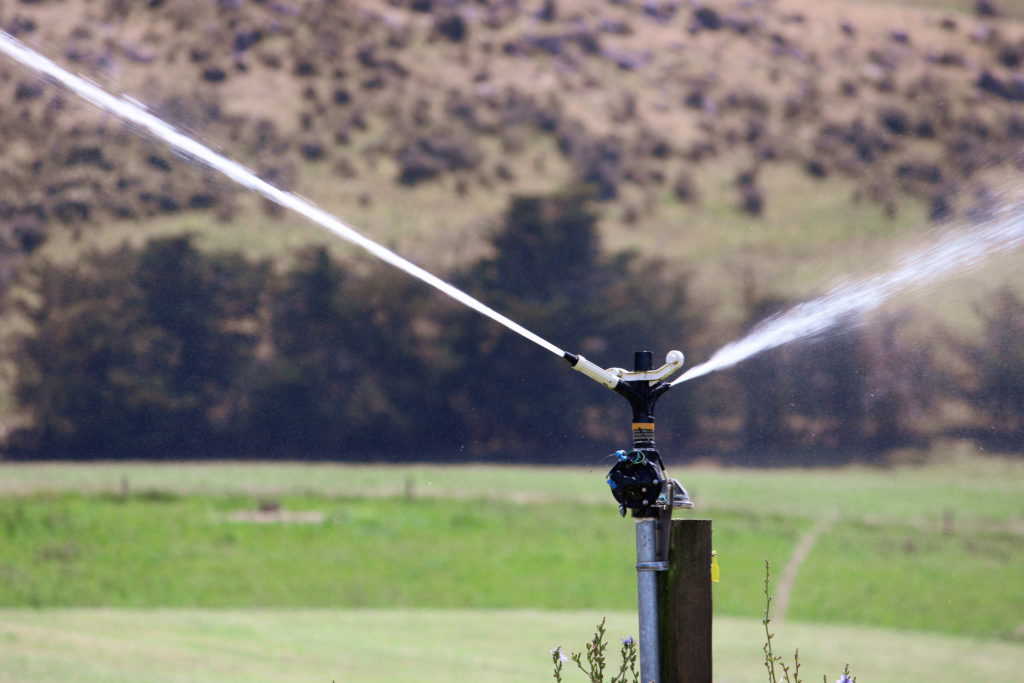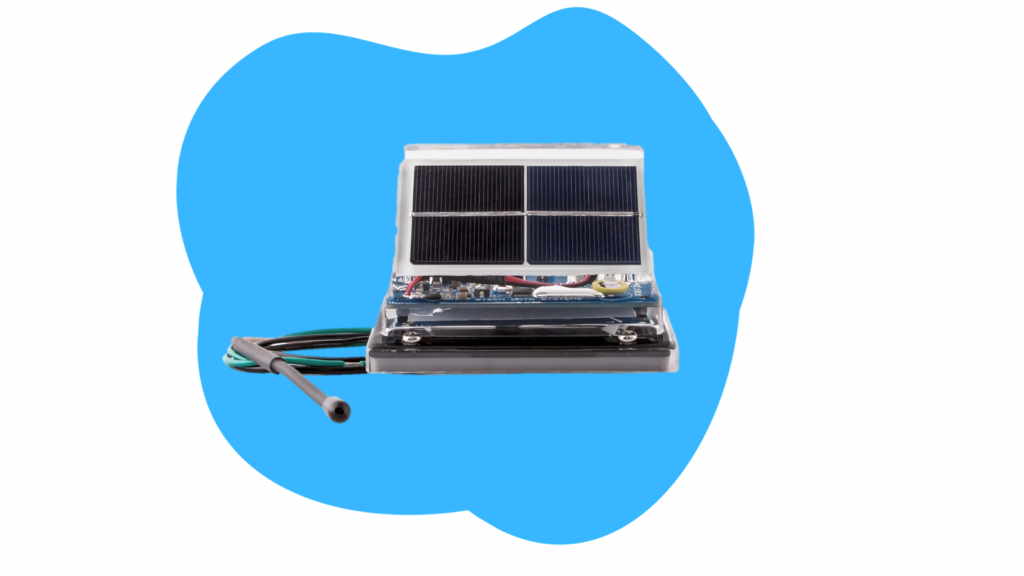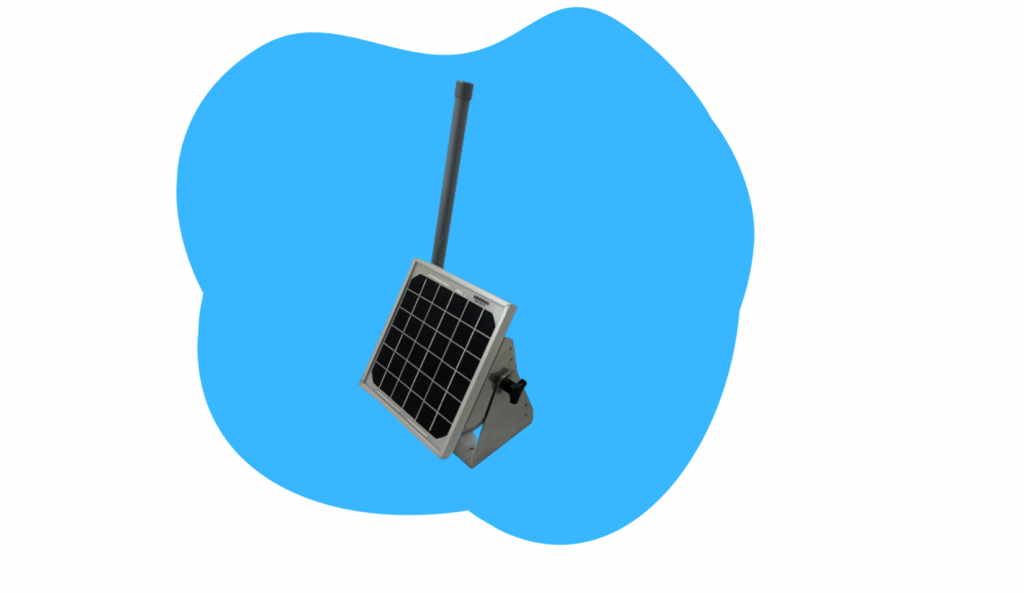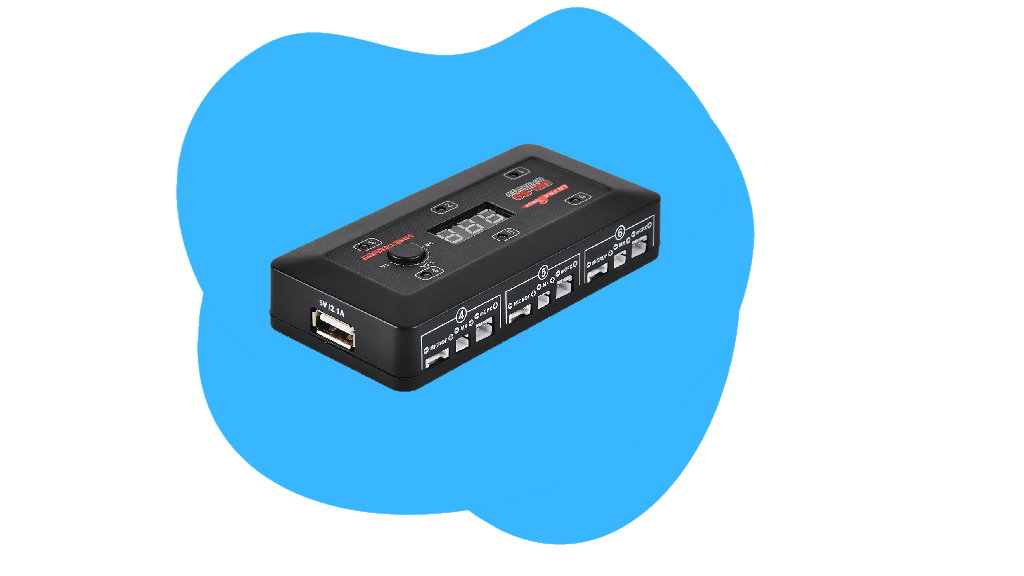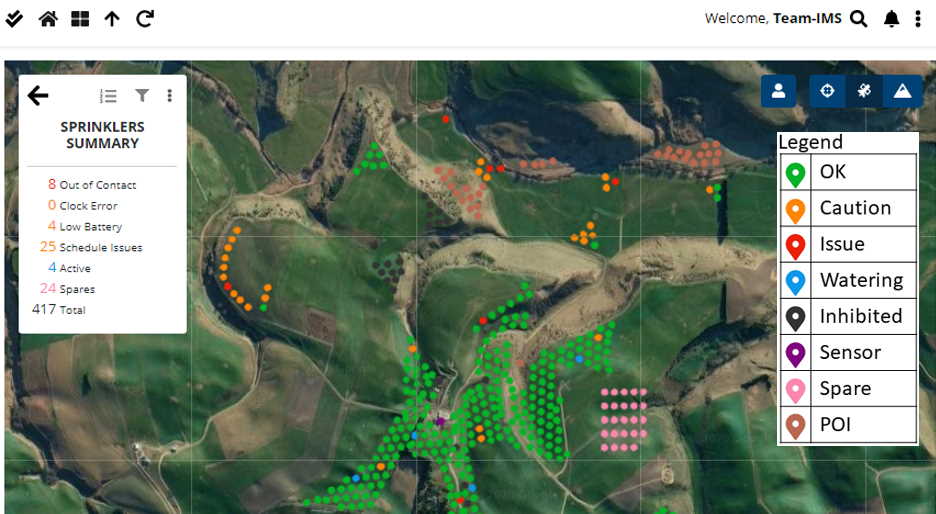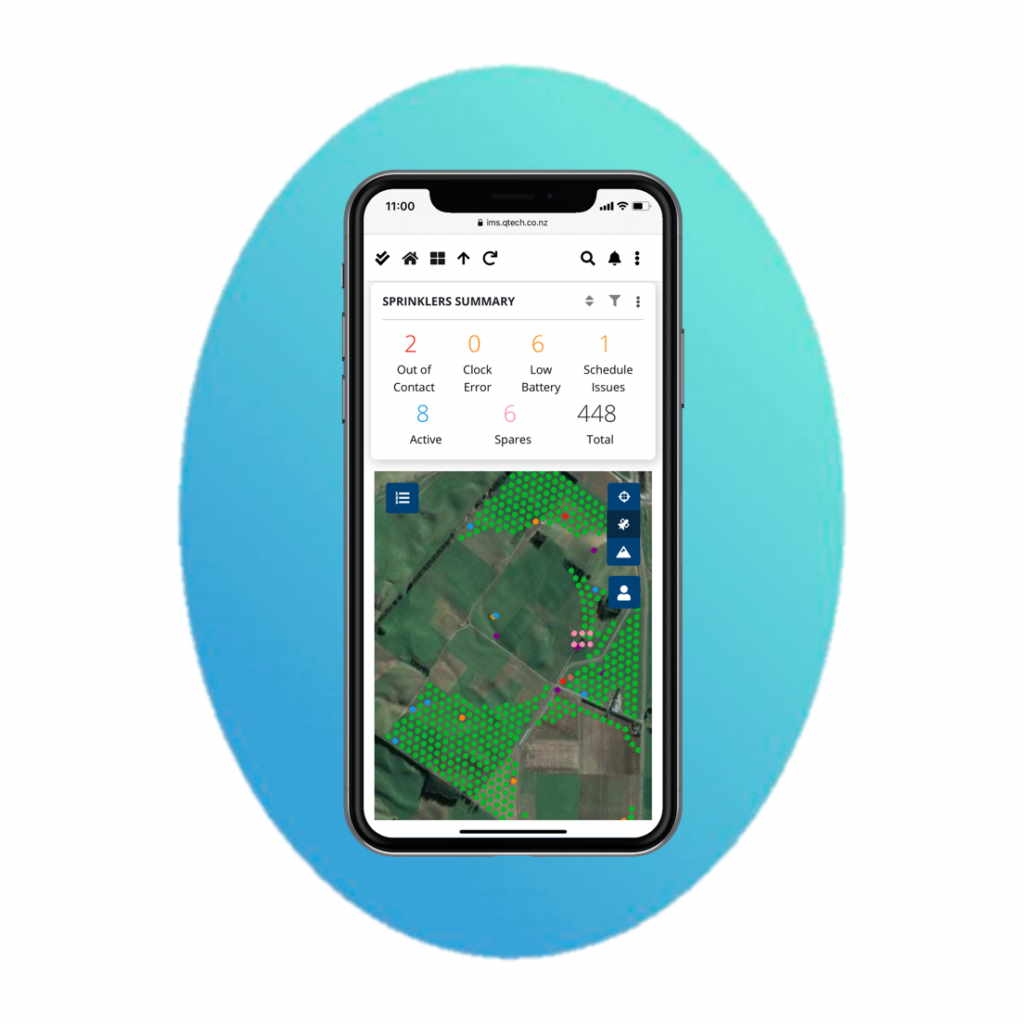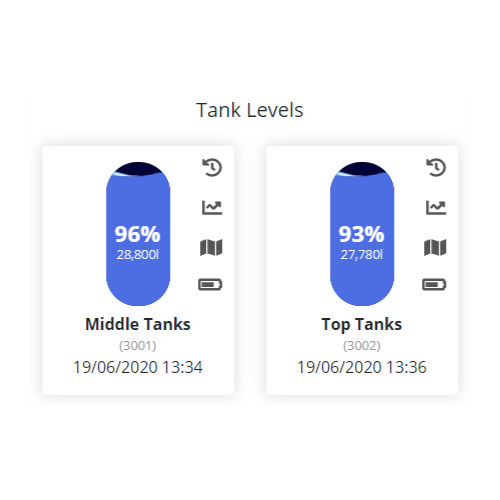Water-Insight Solid Set Irrigation Solutions
Sprinkler control
Water-Insight offers automatic and autonomous sprinkler control for solid set and fixed grid irrigation. When our products are installed water can be applied efficiently over large land areas, including terrain that would otherwise defeat traditional irrigation methods. By placing water at a rate that is pre-set and controlled, Water-Insight can ensure that water-run off is reduced and pasture performance is maximised.
sensors
State of the art sensor technology has been developed by Water-Insight to provide advanced irrigation decision support. Based on environmental and economic conditions, our sensors give farmers the data needed to effectively manage water. Our tank level monitoring technology can be used without irrigation and suits rural and urban locations.
cloud platform
Irrigation Management System (IMS) is a cloud based solution, providing farmers with a smart way of monitoring and controlling the use of water. It allows farmers to visualise their farm operations and remotely manage all irrigation and sensor devices. IMS is a technological advancement, providing surety to the user but also regulatory authorities.
Solid Set Sprinkler Solutions
Water-Insight’s intelligent devices provide sprinkler control for both small and large scale agriculture. The main component is an irrigation point controller (IPC) that sits at each fixed grid sprinkler or pod and operates a latching valve, which turns the water on and off. A handheld programmer (EP3) is used in one on one communications with the IPC and is ideal for making adjustments to small solid set systems. In larger scale operations an IMS Gateway is installed to allow communication to the entire IPC network from your phone.
Irrigation Management System (IMS)
IMS is an advanced web-based application that allows farmers to manage all their irrigation and sensor devices, in one place.
The central hub of IMS is the IMS Gateway. When signed into the IMS dashboard, the user can visualise and control their sprinkler operations using real time maps of their farm. Sprinkler schedules can be set individually or sorted into groups to account for hills, gullies or half circles. A traffic light system is also used to quickly show the health and status of each sprinkler, making it easier for farmers to see what needs attention.
Different sensors can be added to scale up operations and help build a greater understanding of a farms water usage. Graphs of soil temperature and moisture trends can be overlapped with rainfall predictions and combined with water application records to provide farmers with the information they need to make more informed irrigation decisions. IMS also allows long term trends to be measured and compared, which can prepare farmers for changes in environmental or economic conditions.
IMS is also integrated with a message communication service that can be set up to send out texts, emails or instant app notifications for important issues or events. If something goes wrong such as a leaking tank or a broken pipe, the farmer will be notified instantly, allowing them to see to problem quickly and reduce the negative repercussions. Each IMS is customised to the user so farmers will only be notified the things that are important to them.
IMS Gateway Features
WAN/LAN Communications Interfaces:
Wi-Fi 2.4/5 GHz Type: B,G,N,AC
Ethernet 1 GB/s
Cellular 4G LTE (optional)
Telemetry Network Interfaces (Irrigation and Sensor Devices)
Radio 900 MHz ISM band GFSK for Sprinkler controllers - point to point, mesh and repeater modes via integral INC module
Radio 900 MHz ISM band LoRa for Sensors (via optional LoRa Modem)
IMS Gateway Functions
Automated and manual operation of Water Sprinkler valves
IMS MQTT Site data transfer and connection management
IMS self-upgrade service
Irrigation network diagnostics data logging
Single Page Web Configuration application
Site clock/time management of endpoint devices
Remote IPC control and status data acquisition
Local IPC Configuration and Status Database with offline storage
Remote Control options for the Digital I/O on the INC module
On demand IPC control, valve actuation, status retrieval, watering schedule management
Site Configuration
Mesh radio network optimisation
Site Endpoint (IPC) configuration
Network configuration and mapping including use of Repeaters
IPC Radio Channel allocation and radio protocol configuration
Site Data gathering for analytics and simple reporting:
Radio Communications efficiency
Device battery status
Clock accuracy
Watering Schedule inconsistency checks
Site wide operations:
Periodic Site status poll data retrieval
Periodic Sensor device (soil moisture, rain gauge, water flow and water level sensors) data retrieval
Periodic clock synchronisation
Watering schedule updates and distribution
Watering inhibit/uninhibit
Manages Multiple Watering Schedules

